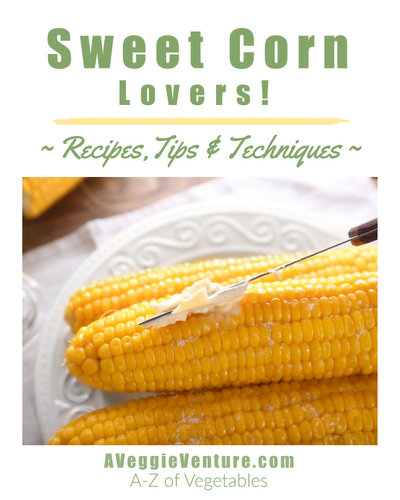Kohlrabi Recipes – Alphabet of Vegetables
IN A RUSH? Prefer Another Vegetable? Skip Skip Straight to the Recipes or Switch to the A-Z of Vegetables . KOHLRABI: THE BASICS Pronounced [kole-RAH-bee]. Also called Cabbage Turnip, German Turnip. Kohlrabi is part of the cabbage family, its cousins are kale, broccoli, cauliflower, Brussels sprouts and turnips. The often-tough outer skins are usually pale green (there are also purple-skinned varieties) and strange tentacles emerge from the top of the "bulb" (actually, it's the plant's swollen stem). The interior white flesh and the kohlrabi greens are edible. Kohlrabi tastes like the mild, sweet broccoli stalks, just wetter and crisper, especially when fresh and young. It's wonderful raw! The kohlrabi growing season is "summer" into "late summer". KOHLRABI NUTRITION INFORMATION Per 1/4 pound raw kohlrabi : 30 Calories; 0g Tot Fat; 0g Sat Fat; 0mg Cholesterol; 22mg Sodium; 7g Carb; 4g Fiber; NetCarb3; 3g Sugar; 2g Protein. WEIGHT W...










